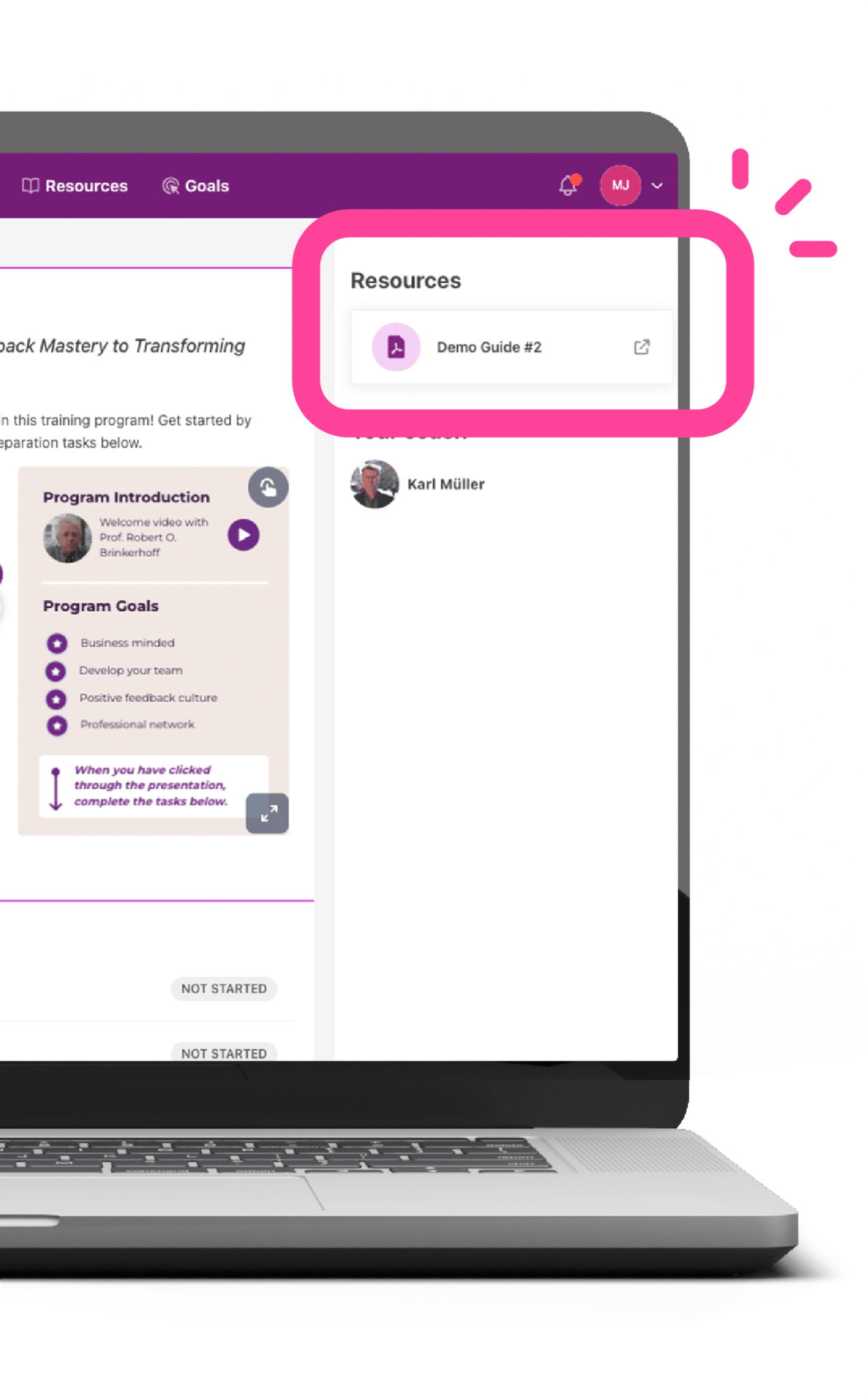“What WE need to do is…” When a manager uses these words in reference to a development program, it should sound like music to your ears. No matter what words complete the sentence above, the fact that the sentence includes the word “we” is a major victory.
Here’s why: Most managers believe in helping employees develop new skills. However, some L&D managers might have experienced resistance from managers towards getting involved in development programs. For example, when talking to a manager about such a program, the manager generally focuses on the challenge of their employees being “away from work”; and they definitely see the task of preparing content for the program as someone else’s responsibility. It’s not that they don’t care, it’s just that development has historically been outsourced to L&D and external providers.
Fortunately, it doesn’t have to be this way. There are a lot of best practices, not just for getting managers involved, but for getting them actively engaged in providing content.
Content is the challenge
As you well know, the best development programs focus on improving business performance and therefore need to include content (material, activities, assignments, etc.) that applies to real-life business situations. Naturally, certain managers can be quite valuable in providing this content, as they know what behavioural changes participants need to make, in what business situations, and what challenges the participants face. In addition, the more that managers get involved, the more likely it is that the program will lead to successful business outcomes.
So how do we get managers involved?
Let’s start with the obvious. First and foremost, you need to think carefully about how you communicate the business value of the program: how it will help the company reach its strategic business goals. A common mistake that people make is that they spend most of the time talking about what the participants will learn. Instead, when you speak with the manager about the aims of the program, talk about what the participants will do differently in their roles, and how this will help the manager achieve his/her business goals.
Management support is key
Second, we can’t ignore politics. In my entire career, I have never been part of a successful development program that didn’t have the full-hearted support of top management, especially the CEO. If the CEO and all members of the senior management team genuinely see the business value of the program and communicate this to other managers, then you will see much more openness. The keyword is “communicate.” It’s not enough for senior managers to value the program themselves; they need to clearly broadcast this to the rest of management.
Internal partnership and pilots
So, how do you get senior managers to see the value of the program? It is essential that you have a respected champion in the senior management team (e.g. the EVP of HR). You should work in partnership with this person to prepare presentation material for the management team that clearly communicates the Program Performance Path (PPP), as well as a draft structure of the program. Ideally, your champion should have a good relationship with the CEO and should arrange for you to speak with the CEO as early as possible.
Next, you and your champion should arrange for a pilot program, in which senior managers “test drive” the program (or a portion of the program) in order to experience it first hand. If the CEO endorses the pilot program, then the rest of the management team will follow suit. It’s preferable to involve the CEO in as much of the pilot program as possible.
Purpose for pilot program
The pilot program serves three very important purposes:
- To get the senior managers to experience the program first hand (they might need it themselves). Once they’ve “gone through it” themselves, they tend to become great ambassadors, speaking about the experience with confidence and energy.
- To get feedback from the senior managers about the experience (what they liked, what needs improvement etc.), as well as to get spontaneous input from them for future content (topics, assignments, business cases, etc.). You should set aside at least a few hours of the pilot for this purpose. Even if they have criticisms about certain aspects of the pilot program, showing them that you appreciate this feedback goes a LONG way in getting them engaged. It also creates accountability on their part to help improve the program.
- To get senior managers (and their direct reports) to contribute more content to the program themselves. If you have succeeded in numbers one and two, then number three will happen easily. Suddenly they will start talking about “what WE need to do to make this program truly successful.”
Once senior managers are committed to and invested in the success of the program, you can request that they ask members of their management teams to contribute the detailed content. There are great strategies for navigating this process successfully, so stay tuned for a follow-up blog post on this topic.
